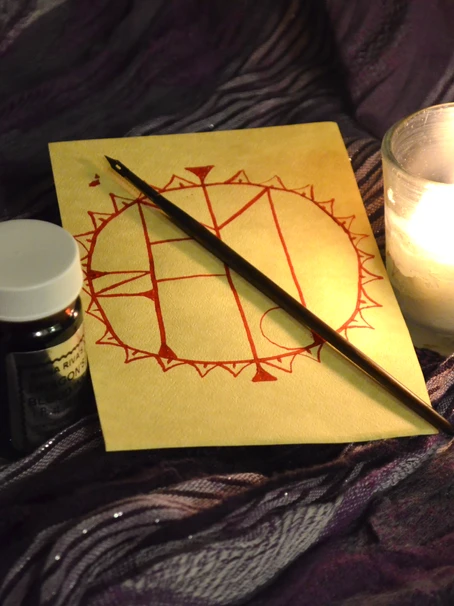
A New Witch’s Introduction to Casting Spells and Using Spell Kits
Did you know that spell-casting is one of the oldest spiritual practices in the world? That’s right! Ancient civilizations dating back to the first millennium

Wiccans celebrate eight Sabbats, which are holidays marking the turning of the Wheel of the Year. Each Sabbat has its own meaning and significance, and Wiccans observe them with specific rituals and traditions. Remember, all Wiccans are Witches, but not all Witches are Wiccan. Here is a brief overview of each holiday and the rituals typically performed:
These rituals vary depending on the tradition and the individual practitioner. However, they all share the common themes of honoring the cycles of nature, connecting with the divine, and celebrating the changing seasons.

Did you know that spell-casting is one of the oldest spiritual practices in the world? That’s right! Ancient civilizations dating back to the first millennium

In the realm of majick and spellwork, sigils stand as powerful tools of manifestation and intention. These mystical symbols, crafted with intention and purpose, have

No ritual is complete without spell-casting! The practice of casting spells has been around for centuries. Many indigenous cultures continue to cast spells using their
I love these products! They come quickly and are well packaged! The Euphoria Oil smells amazing! Will be buying from this store again
The Euphoria ritual oil smells amazing! Everything came very well packaged especially from this oncoming summer heat.
Loving the prices! Some of the bundles are a little more than I can do right now but, for the most part I am truly pleased with my birthday present(s)
I absolutely LOVE these earrings! Items shipped fast, and were well packaged. I even got a a sample of body oil with purchase!
The packaging was beautiful! Instructions were easy to understand. I haven’t seen any results as of yet as I have only completed one ritual, but i can tell by the energy from it that it will work!





Subscribe to our newsletter and get in touch with the latest updates.
Welcome to Moonstruck Majick! We are an online boutique that supplies the witching world and alternative spirituality practitioners with ritual and spell supplies, curated from artisans across the United States.
© Copyright 2023 Moonstruck Majick . All Rights Reserved
© Copyright 2023 Moonstruck Majick . All Rights Reserved